At The Data City, we’ve always been at the forefront of identifying and mapping the UK’s emerging economies.
With over 400 Real-Time Industrial Classifications (RTICs), built using AI and expert insights, our platform helps users understand cutting-edge technologies. Plus, we are constantly updating our RTICs to ensure they’re as real time as they can be.
One of the RTICs that has had an upgrade is our Energy Generation RTIC – and it could significantly impact your understanding of the sector. Let’s dive into the changes!
The Energy Generation RTIC
Our Real-Time Industrial Classifications (RTICs) were created to address the shortcomings of Standard Industrial Classification (SIC) codes.
They were last updated in 2007, making them 17 years out of date this year. Thus, RTICs were born – an accurate and dynamic classification system that keeps up with the UK’s emerging economy.
One of over 400 RTICs includes the Energy Generation sector, housing industry giants like SSE, British Power, and Shell. It has over 3,000 companies and has an estimated total turnover of just over £400 billion.
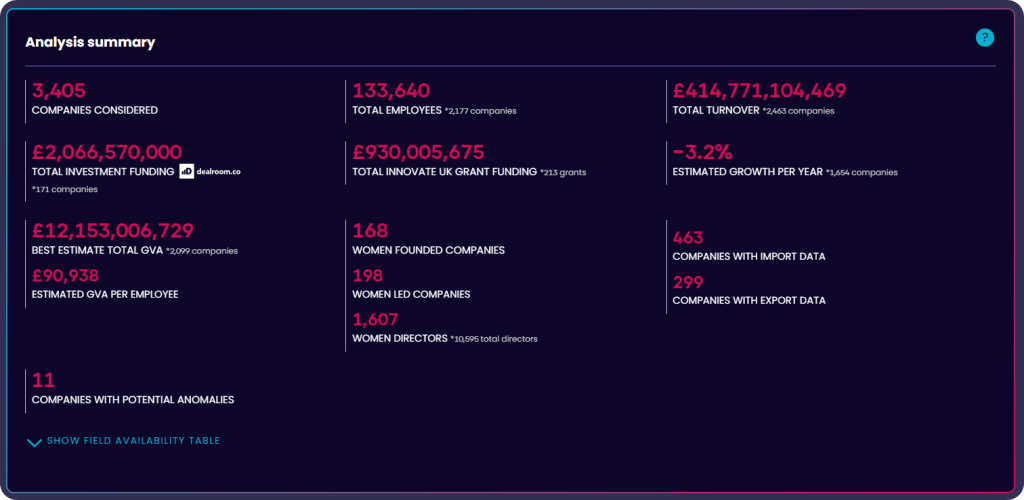
Why the update was needed
One of The Data City values is ‘Keeping our friends close’. We develop our product in collaboration with our communities. This approach is one of the secrets of our success. It’s how we’ve added great features and built what our users want, while moving us towards our mission.
The incredible team over at Energy UK contacted us with feedback on the previous Energy RTIC. They pointed out that the presence of energy installation companies negatively affects how well the RTIC accurately represents the energy generation sector.
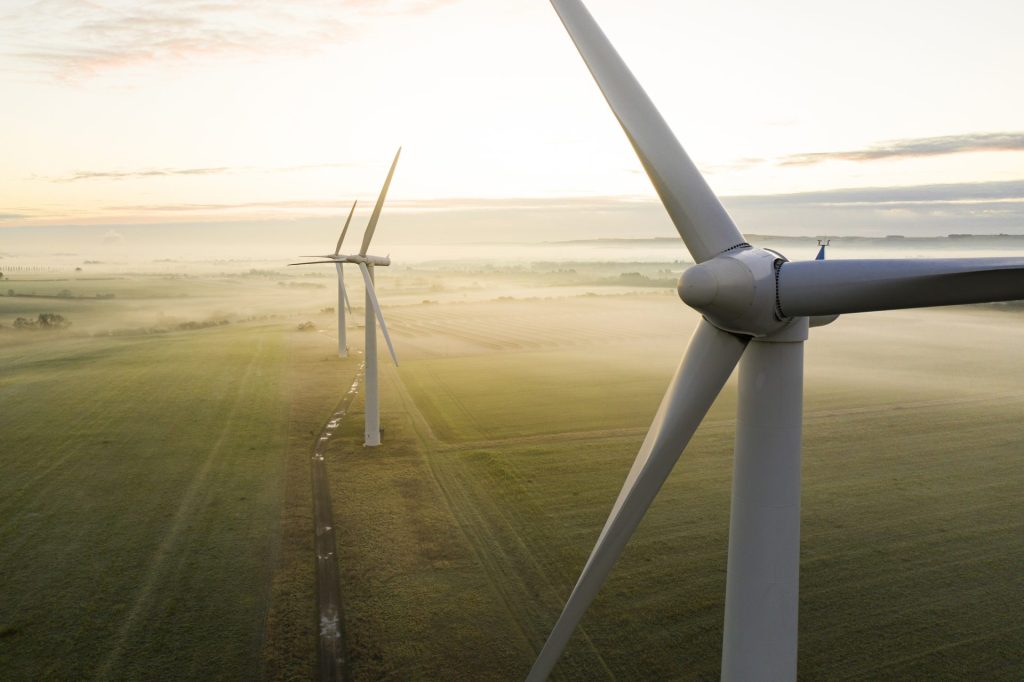
So, using that feedback, we updated this RTIC to do just that – highlight energy companies that are designers, developers, and manufacturers of generators, power plants and more.
Incorporating this feedback has significantly refined our RTIC. For example, the vertical ‘Renewable Thermal’ went from around one thousand companies in 2024, to 100 in 2025. Whilst this may appear to be a worryingly large change, it simply means that this list is now more accurate and relevant.
Now that we understand why this RTIC has changed, let’s see how it has!
Energy Generation industry summary
The energy generation sector in the UK is a vast and economically significant industry, with 3,405 companies contributing to power production and distribution. The sector employs approximately 133,640 people across 2,177 companies, highlighting its role as a major employer.
Financially, the sector is robust, with a total turnover of £414.7 billion across 2,463 companies. Investment in innovation and sustainability is obvious, with £2 billion in total investment funding spread across 171 companies, alongside £930 million in Innovate UK grant funding supporting 213 projects.
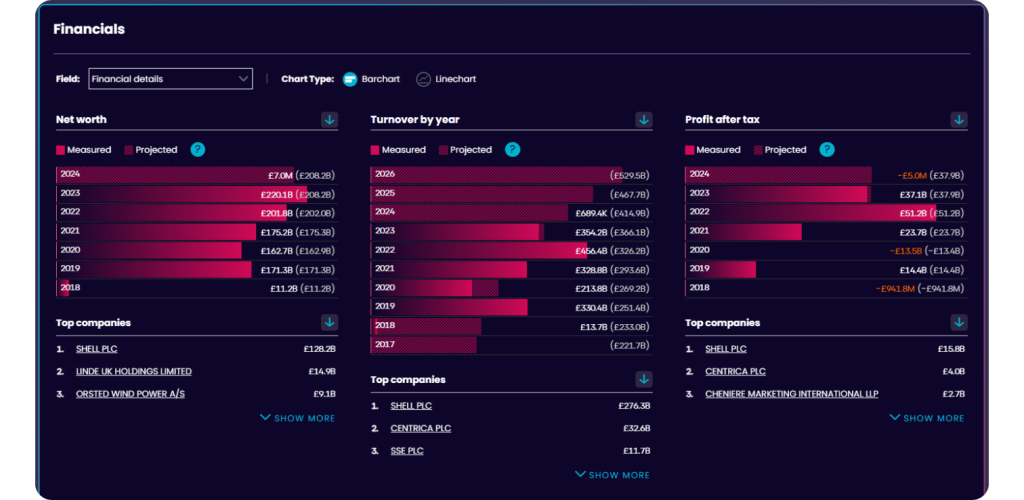
From our data we can see that the industry is experiencing a slight decline, with an estimated annual growth rate of –3.2%, based on data from 1,654 companies. In terms of economic contribution, the best estimate for total Gross Value Added (GVA) is just over £12 billion, averaging £90,938 per employee.
As always diversity in leadership remains an area for growth, with 168 women-founded companies and 198 women-led companies. Additionally, 1,607 women hold director positions out of 10,595 total directors, gender representation is improving but there’s much room for improvement.
Overall, the energy generation industry is a dynamic sector, driven by investment, innovation, and an increasing focus on sustainability, while diversity and international engagement continue to develop.
Let’s look at a handful of companies that caught our eye…
ORE (Offshore renewable energy catapult)
Established in 2013 and registered in Newcastle, the offshore renewable energy catapult is the UK’s leading technology innovation & research centre for offshore renewable energy. It’s growing at an estimated rate 13.7% per year and has received a total of £86,000,000 in funding, with its last funding in January 2024.
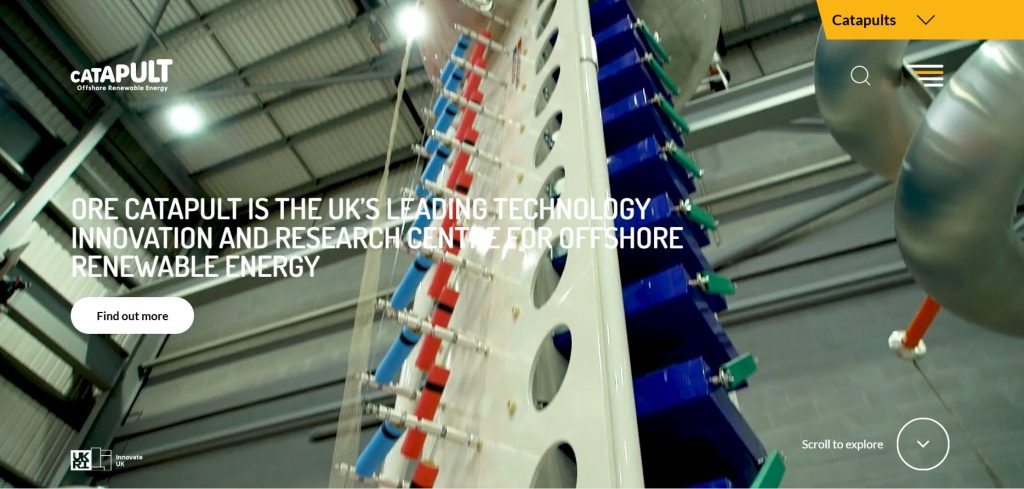
Zeroavia Ltd
Zeroavia is developing the first zero-emission powertrain for aviation and their mission is to have a hydrogen-electric engine in every aircraft. They’re a rapidly growing company with an estimated employee growth percentage per year of 226%.
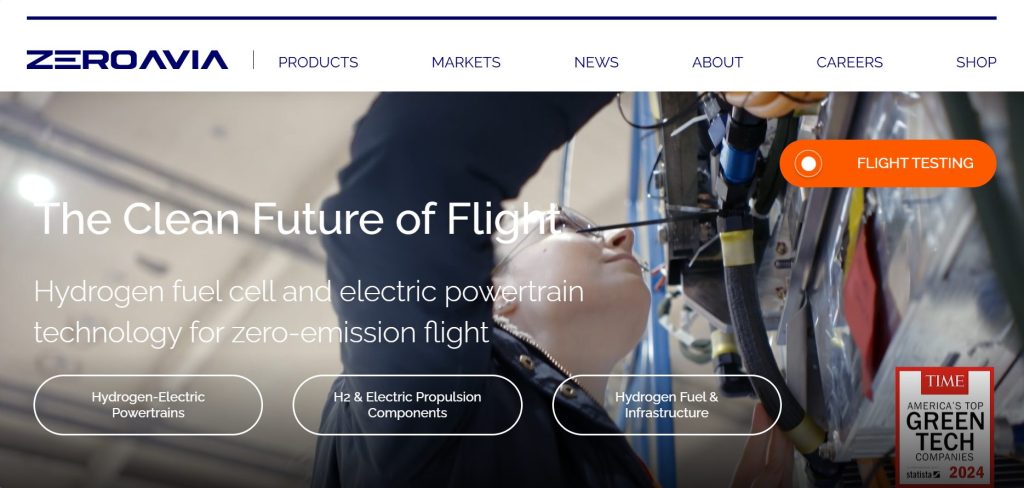
Nova Innovation
Nova is a world-leading marine energy company delivering clean, predictable, cost-competitive electricity. They’ve received Innovate UK funding in the last 3 years, and we estimate their growth per year at 7%. They recently hosted the Labour party’s UK Green Energy strategy at their headquarters in Edinburgh.
The importance of feedback
Thanks to the feedback received from Energy UK, our Energy Generation RTIC is now vastly improved but we can always make it even better. As you are exploring the updated RTIC, we welcome all feedback.
The Energy Generation RTIC is now live in our platform and available to all Data City users.
Want to find out more about our Energy Generation RTIC and see the data in action? Sign up for a free trial today.
Please note: The data from The Data City is accurate at the time the article was written but may change over time due to the dynamic, real-time nature of our data. For the latest insights, visit our platform.


